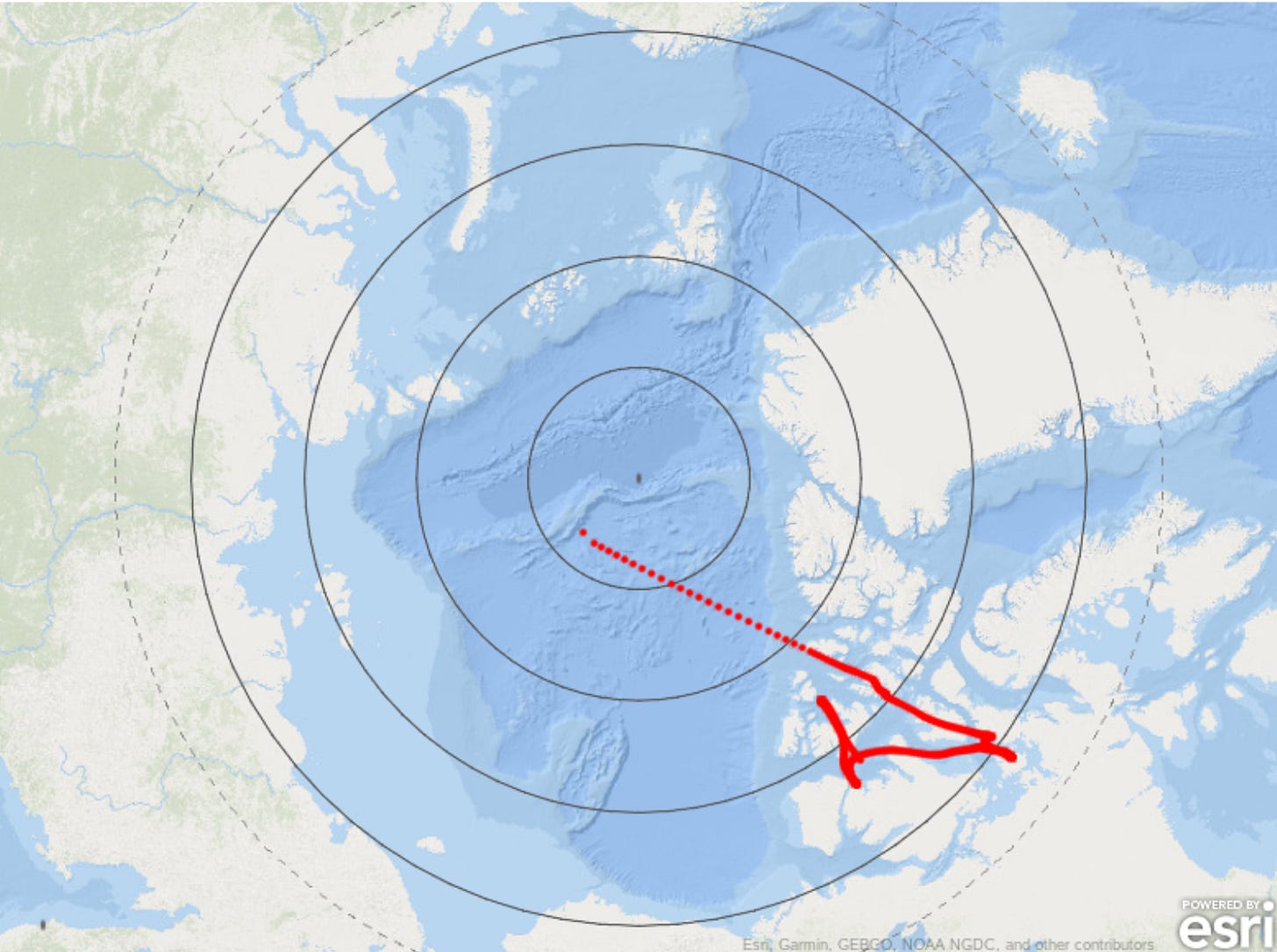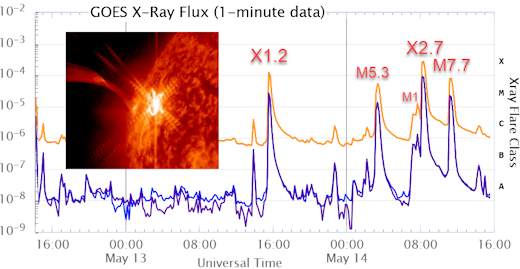Oldest Firearm found | Native Victory Over Conquistadores
Oldest Firearm in the US, A 500-Year-Old Cannon Unearthed in Arizona, Reveals Native Victory Over Conquistadores
5/2/2025In the southern Arizona desert, a fragment of forgotten history has emerged from the dust: a bronze cannon, silent for nearly 500 years. This relic is officially the oldest firearm ever found in the continental United States. It was unearthed at the site of San Geronimo III, a doomed settlement established during the Spanish conquest in 1541.
This cannon tells a story of conquest, resistance, and one of the earliest Native American victories against European colonizers.
The Town That Vanished
In 1540, Francisco Vázquez de Coronado led 400 soldiers, their families, and about 1,500 Indigenous allies northward from Mexico. They sought the fabled “Seven Cities of Gold.” It was a grueling journey. They drove herds of livestock across mountains and deserts, relying on sparse water sources and limited supplies. By 1541, they had reached southern Arizona, where they established a settlement they called San Geronimo III, or Suya.
San Geronimo was the first European town in the American Southwest. Coronado left behind 200 to 400 people — soldiers, servants, and settlers — to build a permanent presence for the Spanish crown. So, they constructed adobe and rock buildings, tended to the sick, and defended the settlement’s perimeter with walls and firearms like the bronze cannon. But what they envisioned as a foothold for Spain was, in truth, a powder keg.
The Sobaipuri O’odham, who farmed the rivers of southeastern Arizona, were no strangers to outsiders. But the arrival of the Spanish brought abuses that ignited tensions. The conquistadors seized food, enslaved women, and punished dissent with mutilation. Noses, tongues, and hands were cut off for minor offenses. These transgressions did not go unanswered.
In the predawn hours of one fateful morning in 1541, the native Sobaipuri launched a surprise attack on the town. Accounts differ on the details, but the result was catastrophic for the Spanish. Many settlers were killed in their beds, and the survivors fled in disarray. One story tells of a priest wielding a broadsword in a desperate defense, who managed to save six Spaniards. Still, the cannon — meant to intimidate and protect — was never even loaded.
The Oldest Gun in the USA

The bronze hackbut lay hidden for nearly five centuries, buried under the ruins of a collapsed building at the center of the battlefield.
Solar activity is suddenly high again
SO FAR THE CMEs ARE MISSING EARTH: A fusillade of strong explosions from sunspot 4087 hurled multiple CMEs into space today. So far none of the CMEs appears to be heading for Earth. We are just outside the sunspot's strike zone. This could change in the days ahead as the active region turns to face our planet.
STRONG SOLAR ACTIVITY: After weeks of calm, solar activity is suddenly high again. The action started late yesterday with a surprising X1.2-class solar flare from the sun's western limb, followed today by an even stronger X2.7-flare from new sunspot 4087. Earth-orbiting satellites have detected four significant explosions so far:
Radiation from the flares has caused a series of shortwave radio blackouts around the world--first over the Americas, followed by southeast Asia, the Middle East and Africa. Ham radio operators may have noticed unusual propagation effects from stations in all directions since May 13th.
Most of this activity has come from new sunspot 4087, which emerged over the sun's northeastern limb 2 days ago. It is not yet facing Earth. If the explosions continue for a few more days, however, Earth will find itself squarely in the strike zone with geoeffective CMEs heading our way.
WOOD WIDE WEB
THE ELECTRIC FOREST--TREES RESPOND TO A SOLAR ECLIPSE: Solar eclipses aren't just for homo sapiens. Researchers have long known that birds, insects, and many other mammals pay attention when the Moon slides in front of the sun. Now we can add trees to the list.

The study's location in the Dolomite Mountains of Italy. Photo credit: Monica Gagliano
A paper just published in the journal Royal Society Open Science reports the extraordinary reaction of an Italian mountain forest to a partial eclipse on Oct. 25, 2022. Electrical signals inside spruce trees began to pulse in unison, with older trees seeming to anticipate the eclipse before it happened.
This is unconventional research, and it may challenge what some readers think about trees. However, it is serious work conducted by experts in plant communication and published in a peer-reviewed journal of the Royal Society.
The paper reports how scientists led by Alessandro Chiolerio of the Italian Institute of Technology and Monica Gagliano of Southern Cross University attached electrodes to three Norway spruce trees and five tree stumps. Their device is like an EKG for trees. The trees were different ages, ranging from 20 to 70 years old, allowing the team to compare how age might influence bioelectrical responsiveness to the eclipse.

Electrodes connected to the spruce trees during the eclipse. Photo credit: Monica Gagliano
As the eclipse approached, electrical signals from different trees began to align; their waveforms became more similar in shape and timing. This synchronization peaked during the eclipse and gradually diminished afterward. The older trees started showing electrical changes earlier, hours before the eclipse began, while the youngest tree responded later and more weakly. The tree stumps also exhibited a bioelectrical response, albeit less pronounced than in the standing trees.
The researchers interpreted this as a coordinated "organism-like" response to a large-scale environmental event, possibly involving communication or shared signaling pathways.
 The idea that trees may "talk" to one another is key to the burgeoning field of plant communication.
A growing body of research (especially since the 1990s) suggests that
trees form symbiotic relationships with fungi, creating vast
underground networks called the "Wood Wide Web." Through these
networks, trees exchange nutrients, water, and even chemical
signals. They also reportedly recognize their own young and give
preferential treatment to kin. Even tree stumps may retain connections
to this network.
The idea that trees may "talk" to one another is key to the burgeoning field of plant communication.
A growing body of research (especially since the 1990s) suggests that
trees form symbiotic relationships with fungi, creating vast
underground networks called the "Wood Wide Web." Through these
networks, trees exchange nutrients, water, and even chemical
signals. They also reportedly recognize their own young and give
preferential treatment to kin. Even tree stumps may retain connections
to this network.
"Basically, we are watching the famous 'Wood Wide Web' in action!" says Gagliano.
Although the researchers successfully detected electrical activity in the trees, they have no idea what was being said--if anything. Perhaps it was simply a basic response to changes in temperature or light levels (about 1/3rd of the sun was covered during the eclipse). The researchers don't yet speak the "language" of arboreal electricity, so they can't decipher what they overheard. Repeating the experiment in different forests during more eclipses may be revealing.
Stay tuned for updates from the forest.
Recommended reading: Two good introductory books on plant communication and networking are "Finding the Mother Tree" by Suzanne Simard and "The Light Eaters" by Zoe Schlanger.
Kinda Anxious?
Scientists Are Getting Kinda Anxious About a Pothole in Space

- The Earth’s magnetic field protects us, and our orbiting tech, from the worst effects of the Sun’s energetic rays.
- In a region called the South Atlantic Anomaly, however, the magnetic field is significantly weaker than over the rest of the planet.
- NASA is tracking the anomaly, and researchers believe it may have popped up in our sky before.
Earth’s magnetic field is incredibly important to life on our planet. Beyond allowing for compass navigation and displaying the Aurora Borealis way up north, it is responsible for shielding us from the worst effects of the Sun’s rays. A little bit of Sun, we need—a lot would have some serious negative impacts.
Thankfully, we do have a magnetic field. But there’s a bit of a problem: Our magnetic field has a dent in it—what ScienceAlert calls a “pothole in space.”
It’s called the South Atlantic Anomaly (SAA), and it’s not a physical dent. It’s a region in the skies between South America and Africa where our magnetic field is weaker than it is around the rest of the planet. This weakness isn’t life-threatening—it would have to be way more significant to threaten the planet’s surface—but it is an issue for the craft we’ve launched into orbit.
Objects like satellites and other spacecraft reside within our magnetic field as they orbit the Earth. As such, they still benefit from its protection. Take that away, and you get a mess of potential technical difficulties—from small glitches to data loss and serious damage of important components—caused by too much exposure to high energy particles from the Sun.
It’s enough of an issue that those monitoring spacecraft that pass through the SAA often just power the craft down before they enter the region. As such, NASA has been keeping a close eye on this dent for a number of ears now, trying to figure out how it behaves, what’s causing it, and if it’s a sign that things are about to get a lot worse.
The SAA seems to be caused a huge reservoir of very dense rock deep underground called the African Large Low Shear Velocity Province. The biggest contributor to the creation of Earth’s magnetic field is the movement of molten metal in the outer core of our planet, and the African Large Low Shear Velocity Province disrupts that flow, weakening the overall magnetic field as a result.
So far, it at least seems like the region isn’t some kind harbinger of doom—it doesn’t look like we’re losing our magnetic field any time soon. But it could mean we have something to brace for. Some researchers theorize that the SAA is an indication that the Earth’s magnetic field is about to flip (which can happen, though over the course of hundreds of thousands of years), which would most likely have serious consequences for our electronics and communications systems.
But there’s still a lot we don’t understand about this anomaly, especially regarding its behavior. For example, a study from 2016 discovered that the SAA is drifting slowly northwest, and in 2020, it was announced that researchers had discovered the region was splitting into two smaller regions, each centered on an especially weak point.
Even though we still have a lot of questions about SAA, we think we know one thing: this isn’t the first time it’s popped up. In 2020, researchers released a paper suggesting that the SAA just pops up every so often, with occurrences dating back to 11 million years ago. This would indicate we’re not, in fact, looking at the first signs of a flip at all, but some other less-world-altering event that has happened many times in the past. So, even though a dent like this may seem scary, it’s probably something life on Earth has survived before.
NASA will continue to monitor the SAA until we really and truly understand the dent in our sky. Until then, we may just have to keep turning our satellites off and turning them on again.
A GIANT RING OF ELLERMAN BOMBS
OH MY GOD
GEOMAGNETIC STORMS ARE POSSIBLE TODAY: NOAA forecasters say that minor G1-class geomagnetic storms are possible today, May 2nd, as a fast-moving stream of solar wind buffets Earth's magnetic field. There is a slight chance the storm could escalate to category G2. If so, auroras would be visible after nightfall in northern-tier US states.
A GIANT RING OF ELLERMAN BOMBS: Astronomers are monitoring the largest sunspot of 2025. Sunspot 4079 stretches more than 140,000 km from end to end and has two dark cores each large enough to swallow Earth. These dimensions make it an easy target for backyard solar telescopes. French amateur astronomer Philippe Tosi took a look and found a giant ring of Ellerman Bombs:

A handful of Ellerman bombs are circled for reference. The complete ring contains more than 100.
Ellerman bombs are magnetic explosions about one-millionth as powerful as a true solar flare. They look like pinpoints of light, flickering on and off in the sun's atmosphere. Named after physicist Ferdinand Ellerman who studied them in the early 20th century, a single Ellerman bomb releases about 1026 ergs of energy--equal to ~100,000 World War II atomic bombs. Tosi's photo captured about 100 of these bombs going off all at once.
Ellerman bombs are a sign of magnetic complexity in a sunspot. Opposite polarities bump together, reconnect, and--boom! A full-fledged flare may not be far behind. Solar flare alerts: SMS Text
Bonus: Something else is happening to this large sunspot. Its primary dark cores are slowly revolving like they're in mutual orbit. This 3-day movie from NASA's Solar Dynamics Observatory shows the phenomenon:
We don't know if they will complete a full revolution. However, these motions may be twisting the magnetic underpinnings of the sunspot group, creating a tension that makes solar flares more likely.
more images: from Chris Schur of Payson, Arizona; from Alessandro Gambaro of Castano Primo (MI) - Italy; from Mariano Ribas of Buenos Aires, Argentina; from Efrain Morales of Aguadilla, Puerto Rico;
pole shift?

Magnetic Pole Shift is Happening (part 1) by Josh Mitteldorf
Some existential threats get more media attention than others
Read on Substack


oh yeah...


-
Burt Bacharach, Music artist Co-author (with lyricist Hal David) of an extensive string of hits in the '60s, Burt Bacharach is one of...
-
Dean Henderson and Jeff discuss current events and take a whack at the global oligarchy. Check out more info from Jeff Rense at Alt News ...




